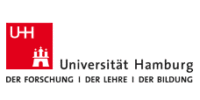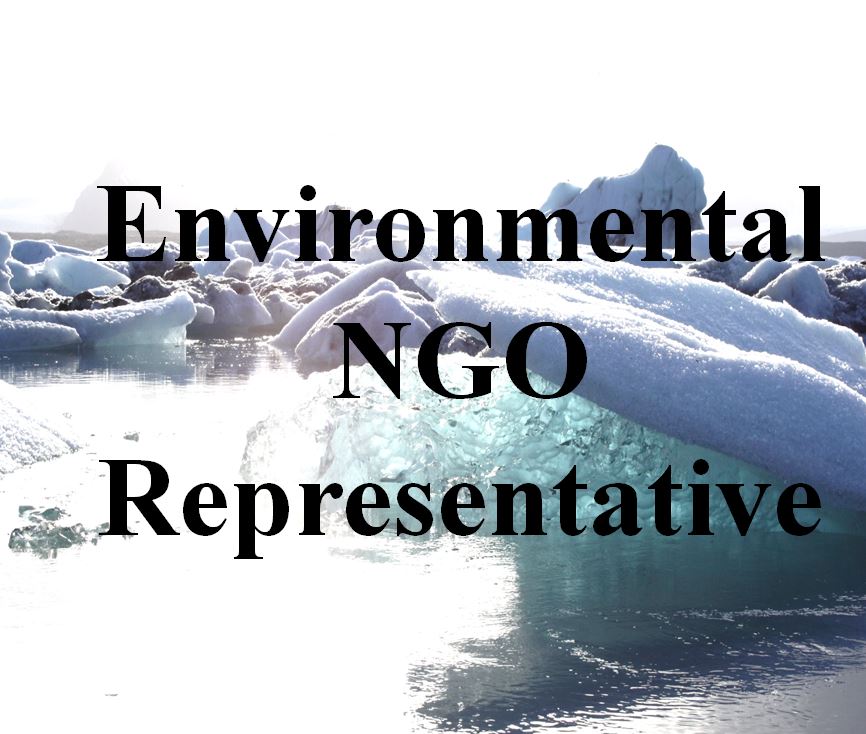Musjav, jihjeo and I were tasked with representing the perspectives of Environmental Non-Government Organisations (NGOs) in a discussion with other groups representing the views of Natural and Social Scientists, Politicians and Businesses/ Investors. The topic of the discussion was whether “uncertainty makes it easier for people to ignore climate change risk” and our stance was of disagreement. We believed that uncertainty, both in the scientific and mundane sense, actually made it more difficult for individuals and groups to ignore the risks associated with climate change.
Our approach was to consider the groups that Environmental NGOs would interact with such as scientists, policymakers and the public. Each of these groups made different associations with “uncertainty” and “risk”. In science, it is recognised that in any metric there is an inherent uncertainty which is used to collectively describe factors which cannot be predicted or measured. As a result, uncertainty is viewed neutrally with most scientists attempting to describe as many factors as possible to control the scale of such uncertainties. Additionally, readers of the IPCC publications or those who otherwise follow studies of climate and weather risk may be aware that “risk” is not simply the “exposure to harm” but a relationship between the probability of an event occurring and the consequences of the event.
However, deniers of climate change conflate these terms, taking advantage of the negative associations that members of the public have with these words in order to garner support and prevent or inhibit action to mitigate or adapt to climate change. Such misdirection is further perpetrated by the mass media, either deliberately or indirectly. This causes members of the public and policymakers to have doubt about the messages being communicated by scientists as they misunderstand that scientists are uncertain about climate change occurring.
During the discussion, it became clear that such public opinions were limiting the actions of politicians and policymakers who were concerned largely about maintaining public favour. Political groups, therefore, prioritise actions and policies which will have a visible impact in the present rather than the “invisible” avoidance of future risk. Such as the nullification of nuclear power plant contracts in the aftermath of the Fukushima event which required the compensation of the contract holders by the state.
Conversely, the representatives of businesses and investors sought reassurances that their investments to mitigate or protect themselves and their investments from climate change risks were sufficient. That the uncertainties discussed would not result in them suffering significant costs from damages in addition to investment to prevent those damages.
From the perspective of Environmental NGOs, we felt this confirmed that people found it more difficult to ignore climate change risk in the face of uncertainty. In spite of doubt-mongering, people were more likely to be aware of the risks of climate change and have a desire, driven by varying motivations and pressures, to take action to reduce the uncertainty of the situation and move towards more certain situations.
Therefore, perhaps the conflation of definitions is an opportunity in disguise, if the public and policymakers can be reassured of which events are certain (i.e. climate change) and which are not (e.g. components of probability of an extreme weather event) then perhaps the desire to move from uncertainty to certainty could be used as a tool to drive society to a safer, more secure future. To achieve this, it seems important that scientists are viewed as neutral, providing facts and information, while groups such as Environmental NGOs will prove instrumental in directing and informing public opinion and lobbying policymakers.

